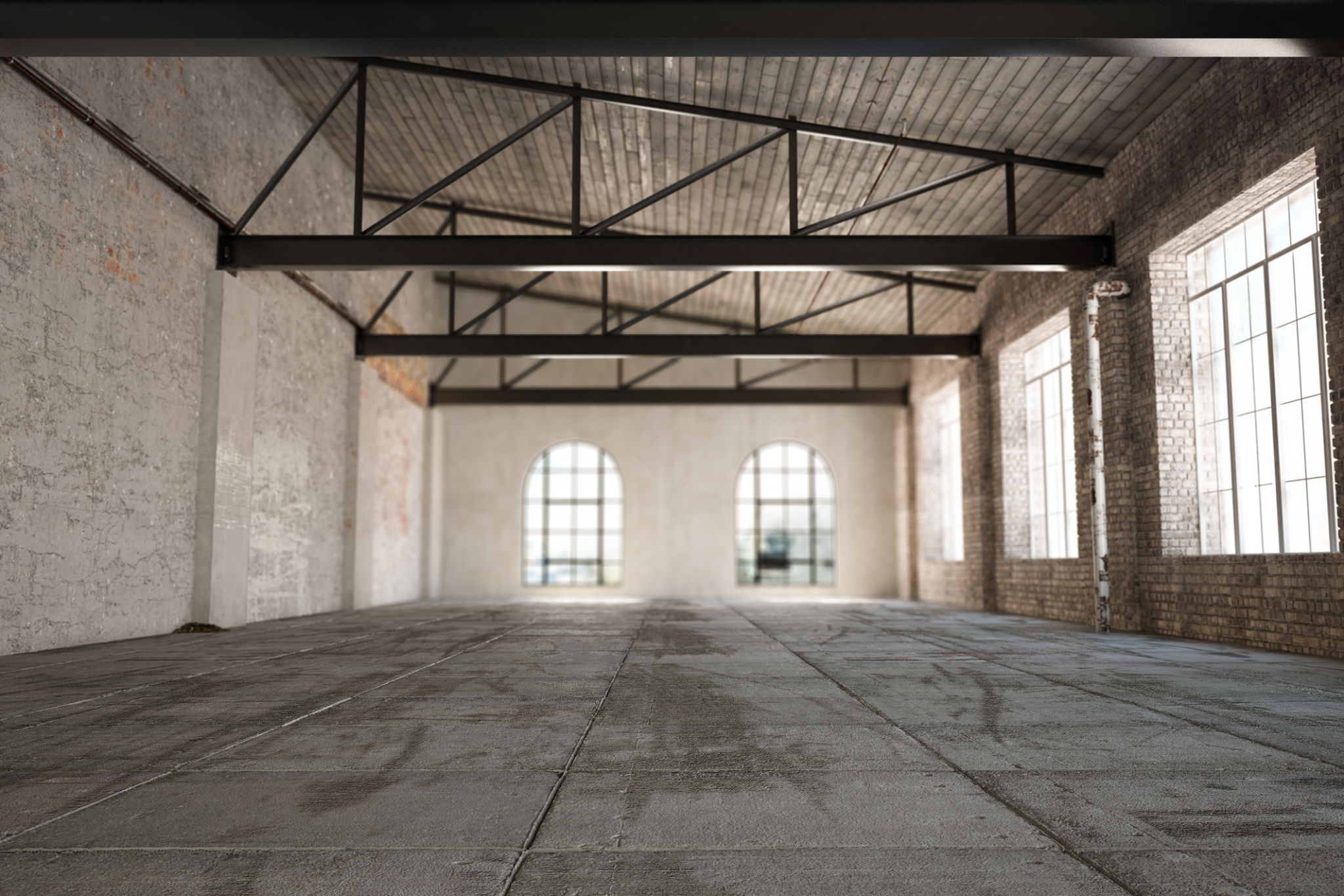Misconceptions About Barn Restoration: Debunked
Understanding Barn Restoration
Barn restoration is a fascinating process that combines history, architecture, and sustainability. However, misconceptions about this craft can often deter enthusiasts or lead to misguided projects. In this post, we'll debunk some common myths surrounding barn restoration, shedding light on the truths that make it such a rewarding endeavor.

Myth 1: Barns Are Too Old to Restore
One of the most prevailing misconceptions is that barns are simply too old to restore effectively. While age can present challenges, it also offers character and historical value that modern structures lack. With the right expertise and materials, even centuries-old barns can be revitalized to their former glory. Preservation of these structures not only maintains a part of our heritage but also supports sustainable building practices.
Myth 2: Restoration Is Too Expensive
Another common belief is that barn restoration costs are prohibitively high. While it's true that restoring a barn requires an investment, it's essential to view this as a long-term benefit. Properly restored barns can serve multiple purposes, from functional farm buildings to unique event spaces or cozy homes. The initial expense can often be offset by the versatility and longevity the restored structure offers.

Myth 3: Modern Materials Are Always Better
Many people assume that using modern materials will automatically improve a barn's durability and functionality. However, traditional materials like timber and stone were chosen for their durability and climate suitability. Restorers often find that returning to original materials or methods can enhance the barn's structural integrity and aesthetic appeal.
Preserving the Past for Future Use
Restoring a barn is not just about maintaining an old building; it's about preserving a piece of history for future generations. These structures offer insights into past agricultural practices and community life. By restoring a barn, you contribute to cultural preservation and provide a tangible connection to our shared past.

Myth 4: Restored Barns Lack Modern Amenities
Some fear that renovated barns cannot accommodate modern amenities or technology. On the contrary, many restored barns are equipped with state-of-the-art facilities while retaining their rustic charm. Advanced planning and skilled craftsmanship make it possible to integrate everything from heating systems to smart home features seamlessly.
Myth 5: DIY Restoration Is Just as Effective
While DIY projects are popular, barn restoration is best left to professionals who understand the nuances of structural integrity and historical accuracy. Professionals have the experience necessary to navigate complex issues like foundation repairs or roof replacements, ensuring the barn's longevity and safety.
The Value of Expert Guidance
Engaging with experienced restorers not only guarantees that the project is completed correctly but also ensures that your investment is protected. Experts can provide valuable insights into maintaining historical authenticity while incorporating modern improvements.

Barn restoration is a rewarding journey that enriches both the landscape and our cultural heritage. By debunking these common misconceptions, we hope to inspire more people to embark on this meaningful endeavor.